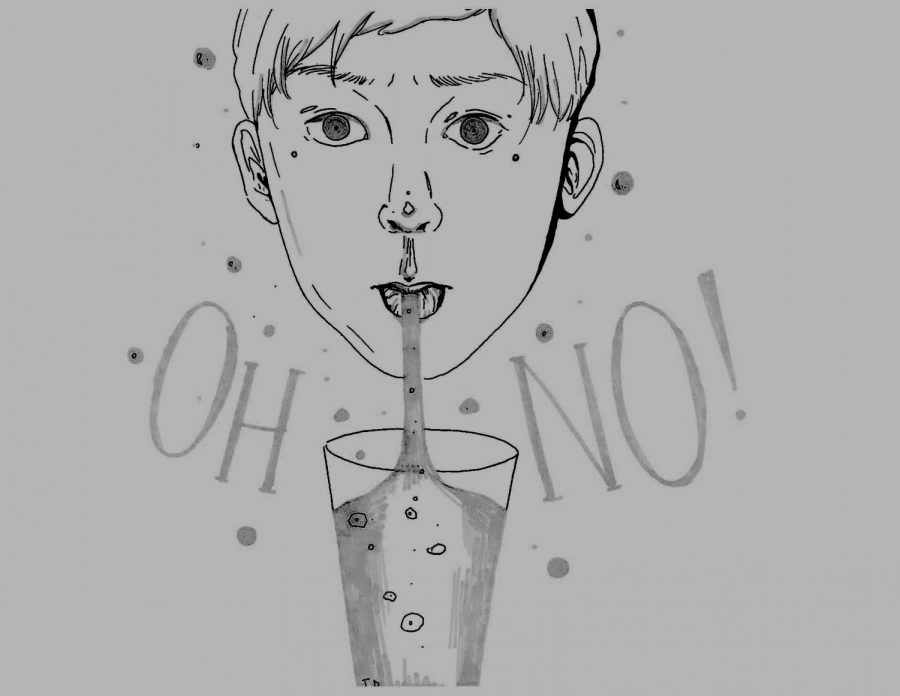Banning Straws Means Banding Together
We have shoes that come without laces, but can we have cups that come without straws? Starting in 2020, restaurants are not allowed to give straws to customers unless requested.
Some franchises such as Starbucks have gone far enough to say that they will eliminate plastic single use altogether by 2020. Starbucks will not provide straws to customers and instead provide special lids and alternative material straws to replace plastic straws.
This has caused uproar among consumers arguing that without straws many special-needs people will not be able to drink.
However, Starbucks isn’t eliminating straws; they are simply eliminating plastic straws and replacing them with biodegradable straws. This new government ban on freely giving plastic straws is aimed at reducing the growing amount of plastic waste.
Currently there is 8.3 billion metric tons of plastic and it isn’t biodegradable – it requires hundreds to thousands of years to degrade (earthday.org). So with an obscene amount of plastic waste being the overarching issue, where do plastic straws come in?
Plastic straws only make up about 4% of the total amount of plastic waste. So, eliminating plastic straws is a small step towards a plastic-waste-free society. The real significance of this measure is to test whether or not Americans can shift from single use disposable plastic to an alternative material.
If the straw measure proves to be successful with little backlash from consumers, the government can move forward with tougher measures.
Instead of requiring restaurants to only give straws upon request, they should charge extra for biodegradable straws. That way, restaurants won’t have to absorb the extra cost of alternative material straws, and costs can be transferred to consumers who can choose to drink without straws.
Consumers even have the option to use special drinking lids that replace the need for the straw. Starbucks has already started introducing this new lid into its stores. It has good intentions of eliminating plastic waste, but, overall, the coffee company’s attempt is ridiculous. It will require even more plastic to make these special lids than it does to make the plastic straw.
These lids may discourage the use of straws, but the lids will fail to fulfill their original purpose: to reduce plastic waste.
Straws shouldn’t be phased out; they should be made with biodegradable materials or at least be recycled.
